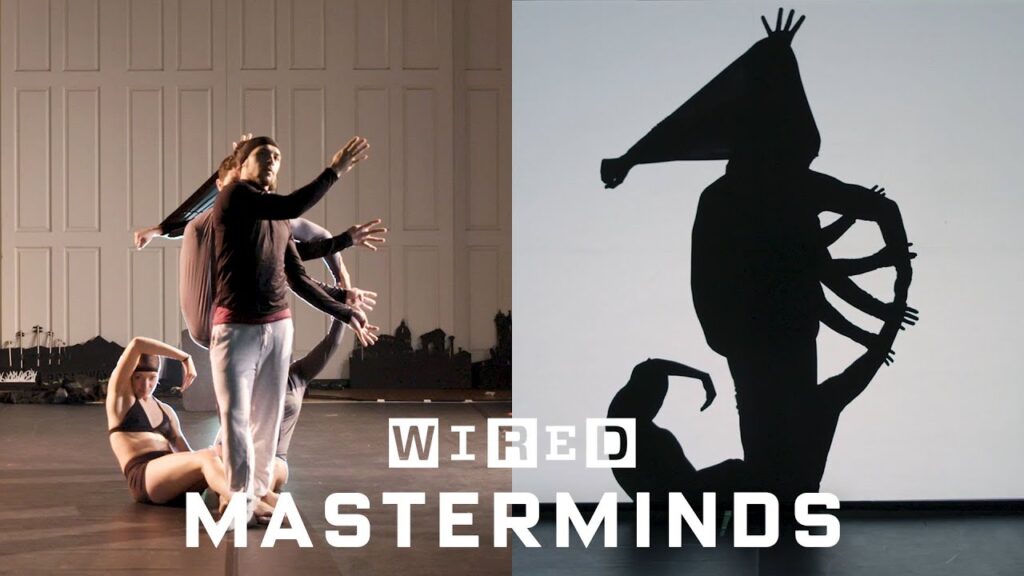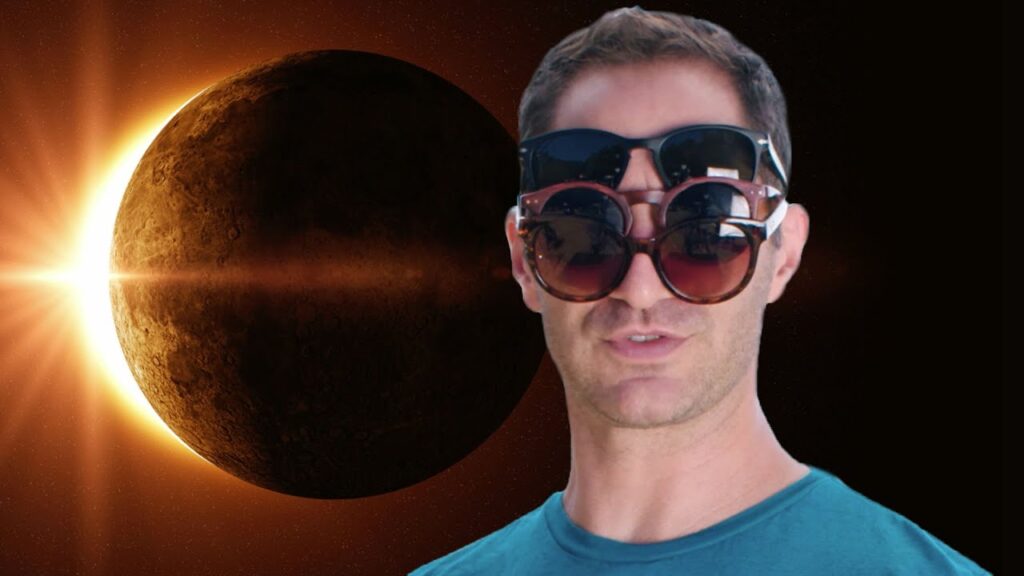Building a DIY Space Suit: The Future of Space Settlement
Summary
Cameron Smith’s childhood fascination with space and space suits led him to build his own DIY spacesuit – a small contribution to the future of space settlement. Inspired by the Apollo moon program and the evolution of spacesuit technology, Smith’s goal is to create a cheaper, lighter and more accessible spacesuit, one that ordinary people can fix themselves. With volunteers helping out in the project, Smith’s vision is the Ford pickup truck of spacesuits – cheap, durable and reliable.
Table of Contents
- The Childhood Inspiration Behind the DIY Spacesuit
- Learning Evolutionary Principles to Adapt to Space
- Building a Cheaper and Lighter Spacesuit
- The Four Main Layers of a Spacesuit
- Moving Away from the Holy Grail Paradigm for Spacesuits
- Making Spacesuits More Comfortable and Reasonable
- The Adventure of Testing a Spacesuit
- Pushing the Limits with Real-World Testing
- Cameron’s Ten-Year Journey to Space
- The Importance of Open Source for Spacesuit Design
The Childhood Inspiration Behind the DIY Spacesuit
Cameron Smith’s interest in space was ignited as a child when his father brought home NASA 8mm footage of the Apollo moon program. The view of the moonscape through the triangular window of the lunar module and the imagined descent to an alien moon hooked Smith on the idea of space exploration. This led him to build his DIY spacesuit, a small contribution to space settlement.
Learning Evolutionary Principles to Adapt to Space
Unable to pursue his dream of being a pilot through the traditional military aviation route, Smith turned to learning evolutionary principles, which he now applies to adaptation in space. He studied the history of space suits, particularly the crude materials used in pressure suits for high altitude balloon flights in the 1930s.
Building a Cheaper and Lighter Spacesuit
Smith’s goal is to create a cheaper and lighter spacesuit, one that is accessible and easy to fix. He believes that if crude materials could get humans to 50,000-60,000 feet in the 1930s, then modern materials can certainly get us to space. His DIY spacesuit is made up of four main layers: a thermal garment, a gas-tight pressure barrier, a coverall, and a set of components such as gloves and helmet.
The Four Main Layers of a Spacesuit
The thermal garment helps cool or warm the wearer depending on the conditions in space. The gas-tight barrier holds a bubble of pressure around the body and prevents decompression sickness. The coverall provides pockets to carry things, allows attachment of hardware, and protects against abrasion and punctures. The set of components includes gloves, helmet, boots, and ports through which gas, fluid, and electrical power are controlled.
Moving Away from the Holy Grail Paradigm for Spacesuits
Smith’s paradigm for spacesuits is to create a Ford pickup truck of spacesuits – cheap, durable, and highly reliable. He wants to move away from the idea of spacesuits as super-special things that only a few people can touch, accessible only to experienced technicians.
Making Spacesuits More Comfortable and Reasonable
Smith’s team improved comfort by eliminating the “atomic wedgie effect,” where the whole suit would pull up into the wearer’s crotch. The suits are tested to ensure they maintain essential pressure, and they have become more routine than special. Testing involves putting people into the suits, running communication systems and coolant, and checking to see if they can sustain real-world conditions.
The Adventure of Testing a Spacesuit
Testing a spacesuit is an adventure that engages all five senses. Breathing 100% oxygen means that the taste and odor are different from what we are used to. And the sounds are strange with hissing and pump sounds. The suits are tested in different environments, including water, high altitudes, and increasingly higher altitudes using Cameron’s balloon.
Pushing the Limits with Real-World Testing
Real-world testing involves taking the spacesuits to natural environments to see how they perform. For Smith and his crew, this means testing survival in the cold waters of a river, simulating high-altitude conditions in an altitude chamber, and eventually taking the balloon to higher altitudes. Smith’s plan is to make all his plans and work open-source to encourage people to iterate on designs and improve the space suit technology.
Cameron’s Ten-Year Journey to Space
Smith’s journey began in 2008 when he drew a concept of flying in a balloon with his handmade suit. He spent the next year doing research and then started building things. After ten years of work, he has spent less than $30,000 working on the suit, and he plans to make his plans and work open-source.
The Importance of Open Source for Spacesuit Design
Open-source is a critical aspect of Smith’s vision to create a cheaper, lighter, and more accessible spacesuit. By leveraging the collective intelligence of a community, people can make iterations and improvements that could advance the design of spacesuits. Smith’s vision is to have a community that collaboratively works on making spacesuit design better, enabling ordinary people to contribute to space exploration.
Conclusion
Cameron Smith’s DIY spacesuit is a small contribution to space exploration, but the idea of making space technology more accessible and open to ordinary people has immense potential to advance space exploration. By leveraging modern materials and open-source community collaboration, the vision of a cheaper and more durable spacesuit could become a reality, and people from all walks of life could dream of venturing to space.







